“My job is different now since Midjourney v5 came out last week,” an artist at an independent game developer wrote in a recent Reddit post. “I am now able to create, rig, and animate a character that’s spat out from MJ in two or three days. Before it took us several weeks in 3D. The difference is: I care, my boss does not. For my boss, it’s just a huge time/money saver.”
It’s comments like this that chill me, because they’re a sign that AI is already ruining video games. It is sucking the creative energy out of the industry – including the indies that we once turned to as the “artsy/creative outlet” because the AAA blockbusters had long abandoned any pretence of artistic credibility – and replacing it with soulless trash that looks good but lacks meaning. The artist’s job here is probably safe – too many of the concerns around AI focus exclusively on the potential jobs lost, and that’s not really the problem here. Rather, AI is ruining creativity and making games less artful as a consequence.
The aforementioned post – which I just saw today – builds on a larger piece that I was already working on in response to some recent tweets from Dylan Cuthbert. Now, I want to be clear that I have a lot of respect for Cuthbert, the work he has done, and the impact he has had on the games industry. He has had an amazing and successful career in the industry and deserves respect. I have to put that disclaimer in because this is the Internet and otherwise I’ll get yelled at in the comments and Twitter and God knows where else, but, again, to be clear. I respect Cuthbert. I just don’t agree with his position on art, at all, and the role that AI has in it. I’m using his tweets because they perfectly summarise sentiments that I have seen from dozens of developers and suit-wearing executives in this industry already.
So in one of Cuthbert’s tweets recently he shared some AI-generated women wearing kimonos. There was a new version of Midjourney released (as in, the version that the anonymous Reddit game artist above mentioned), and Cuthbert was impressed by its results. “It even almost gets hands right some of the time,” he enthuses in the tweet, in a nod to how one of the great weaknesses with AI “art” has traditionally been hands. “I love the details of these kimonos.”
And on a surface level, they do look detailed and realistic. It’s a position that echoes the anonymous indie artist said in his post: “right now, all I do is prompting, photoshopping, and implementing good-looking pictures.” (emphasis mine)
However, in response to Cuthbert’s tweet, an actual kimono expert responded, pointing out that the AI generations were entirely, borderline offensively inaccurate. Among other things, the AI used the wrong material as a reference point, and for the underclothing, actually folded it the wrong way – a technique that is only used for the dead. In short, the “super realistic and detailed” kimono that Cuthbert was so enthusiastic about was fundamentally bad art, and this is the important distinction here. Sadly, in their mindless enthusiasm for the Silicon Valley-driven technical wizardry, and the capitalistic productivity and efficiency gains that the technology promises, too many of those in the games industry are failing to even consider that distinction.
Art, as in actual, proper art, and not just “pretty pictures” – is a fundamentally human pursuit, and within every work of art are wrapped layers of meaning, lived experience, research, and purpose. What distinguishes good art from cheap crap is the thought that has been put into it, and it is very telling that the video game industry – already a poor and generally low-thought artistic medium – is so ready to embrace the cheap, thoughtless, meaningless crap, so long as it’s quick to produce and aesthetically pleasing. As Cuthbert made clear – and again, he is by no means the only person in the industry with this position – what an artwork says, how accurate it is, and the meaning behind the designs mean nothing in this industry. Thought does not matter. All that matters is how pretty it is.
Cuthbert soon deleted that tweet. He drew criticism for it – which is reasonable – but because this is the Internet, he also got a lot of vile dung thrown his way, which is, as usual, not. But he wasn’t done with AI and had clearly dismissed the reasonable criticisms without a second’s reflection. That very same day, Cuthbert produced yet another AI-generated art and posted it up on Twitter, and his comment here really speaks to what I’m talking about:
“The ability for AI art to create surreal images and be an inspiration is unlimited,” he tweeted (emphasis mine). “Here is a wooden elephant piano to have a giggle at.”
No, Dylan. No. that elephant is not surreal, because surrealism is not two random things mashed together. Surrealism is a distinct art form that an entire generation of artists thought about deeply. It was an art form designed to specifically subvert and challenge artistic creativity and convention, and surrealist artists were not just throwing random nonsense onto their canvases. They were thinking of what they were doing.
Surrealism evolved from dadaism, though today we see them as being in close parallel to one another. Here’s a useful essay and description of what surrealism actually is and what surrealists actually stood for: “Dada embraced nihilism, a philosophy centered around nothing, meaning nothing, or anything. Dada rejected reason and logic while hating life. In William Bohn’s article From Surrealism to Surrealism: Apollinaire and Breton he states that Dada “Was actually a protest movement, protesting bourgeoisie values in art and life” (Surrealism, 198). Instead, Dada actually bridged art in life by displaying objects that allowed the viewer to realize that life is in fact art.”
See? Not “random elephant piano!” Surrealism was art that people actually thought about as they created their work It was also something they cared deeply about as passionate advocates for human creativity. Notably, AI is not actually capable of thought. All AI can do is throw together random things. AI art is shallow, lacks meaning and thought and, no matter how pretty you might find the results of its algorithms, those algorithms are fundamentally inferior. No thought went into them. They are, quite literally, nothing more than a best guess at a pretty picture.
To be blunt here, I find it pathetic that, rather than deepening its engagement with art and building architectures of philosophy around the form, the games industry, as a whole entity, is so busy celebrating the superficial side of art – whether a picture is pretty or not – that it ignores how artists should be thinking about art. As long as it’s higher fidelity content, then this industry wants it, regardless of what thought went into it. We are being rapidly conditioned to see games as nothing but a dumping ground of pretty animated pictures and product design best practices. We’re being actively told that games have no meaning, and can have no meaning, because they’re generated rapidly to be aesthetically pleasing things that we mash buttons to. There is no meaning to any of it. It’s a cynical, nihilistic, destructive antithesis to the very value of art.
AI is already ruining video games. Even if it’s making it cheaper and faster to mass-produce games. With no artistic credibility behind them, the trash it’s churning out will continue to disillusion anyone with any actual talent, and all we’ll have left is an endless slop of worthless digital data.
Imagine actually getting excited for that. Even if it was vaguely pretty.

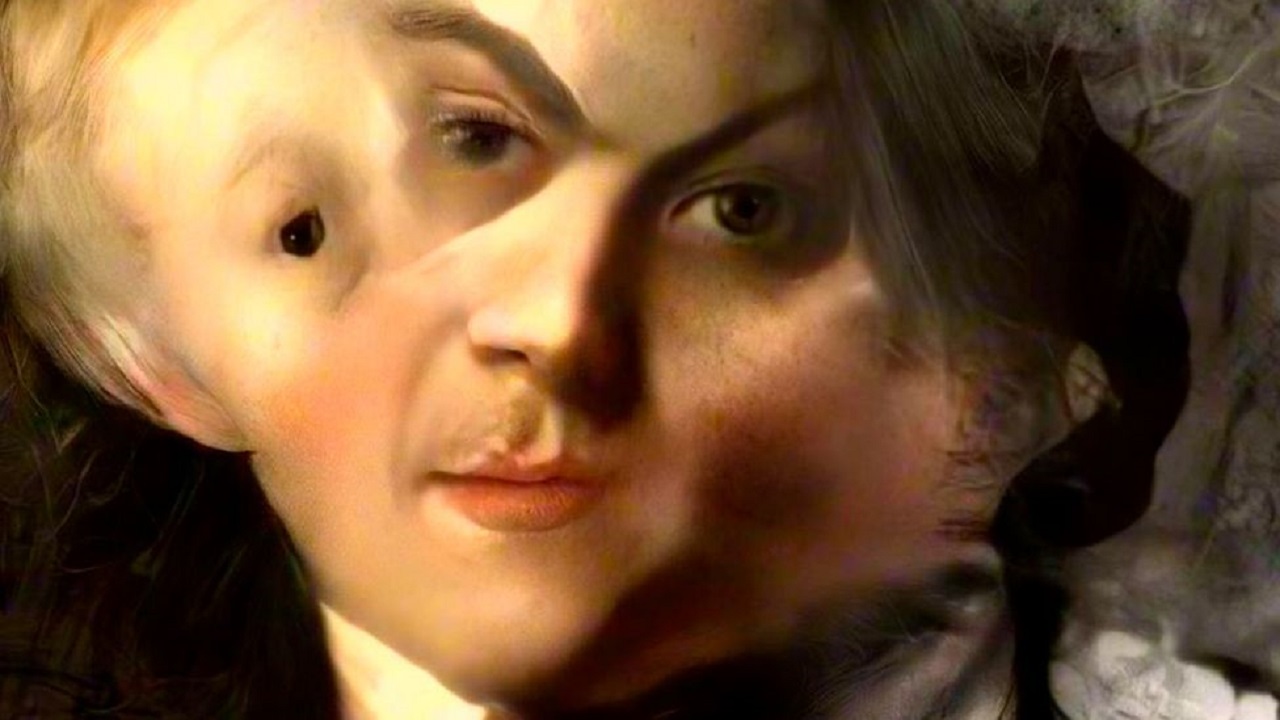
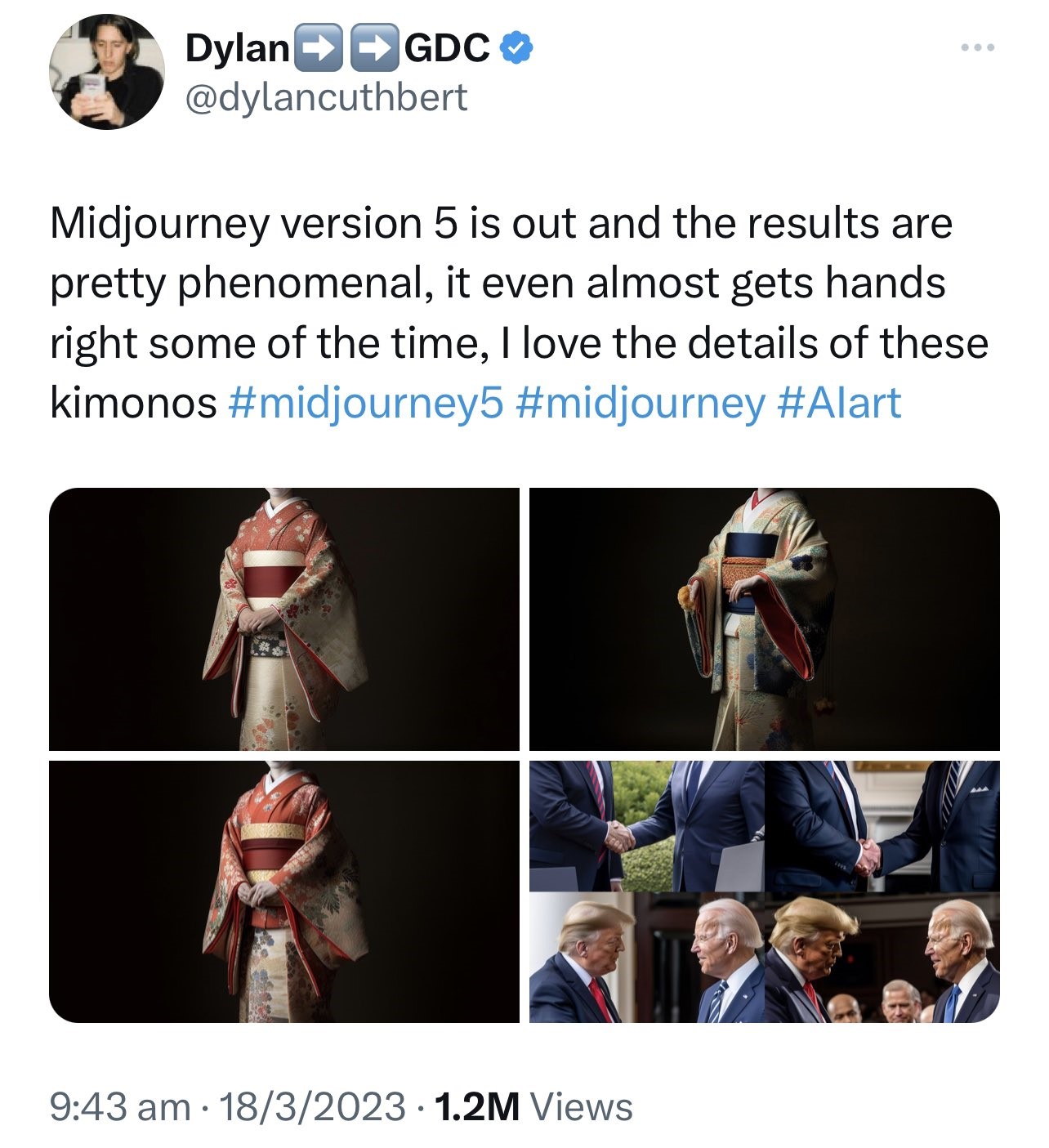

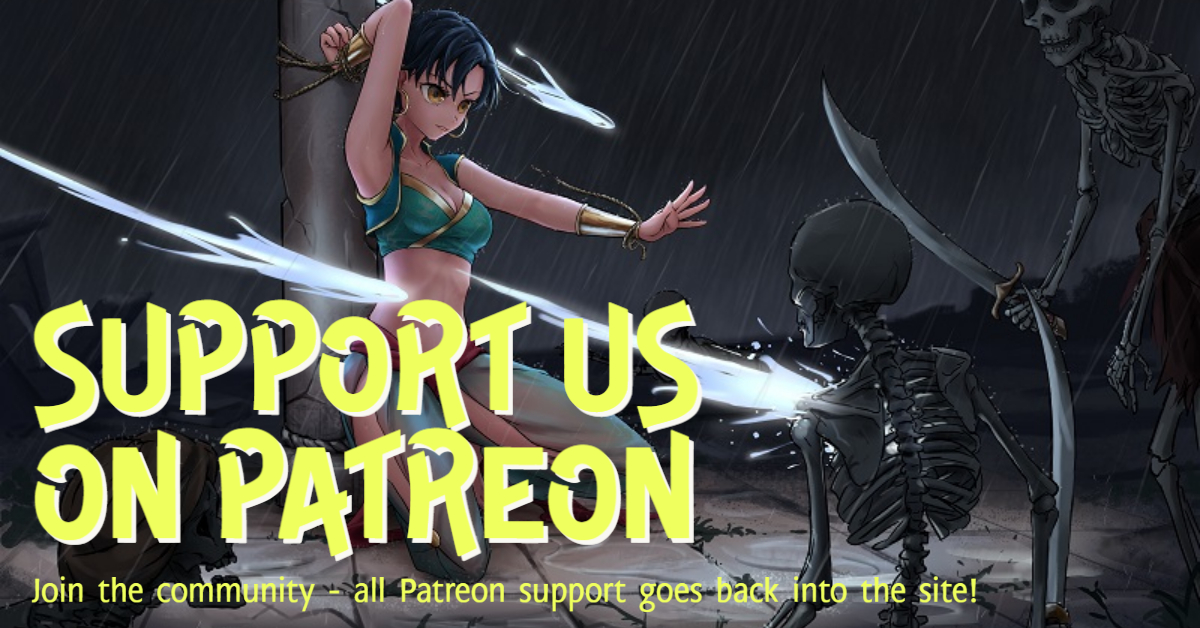

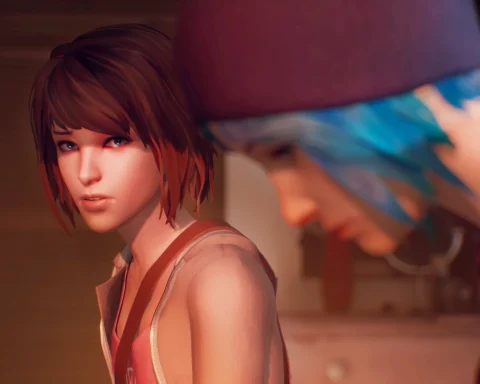
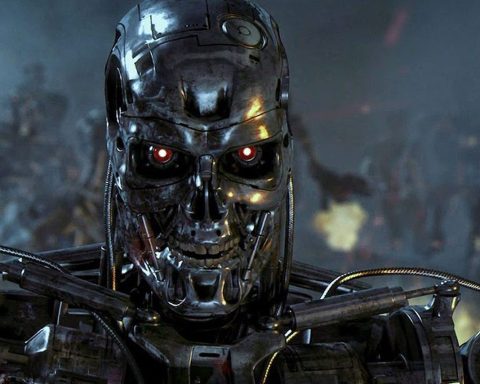
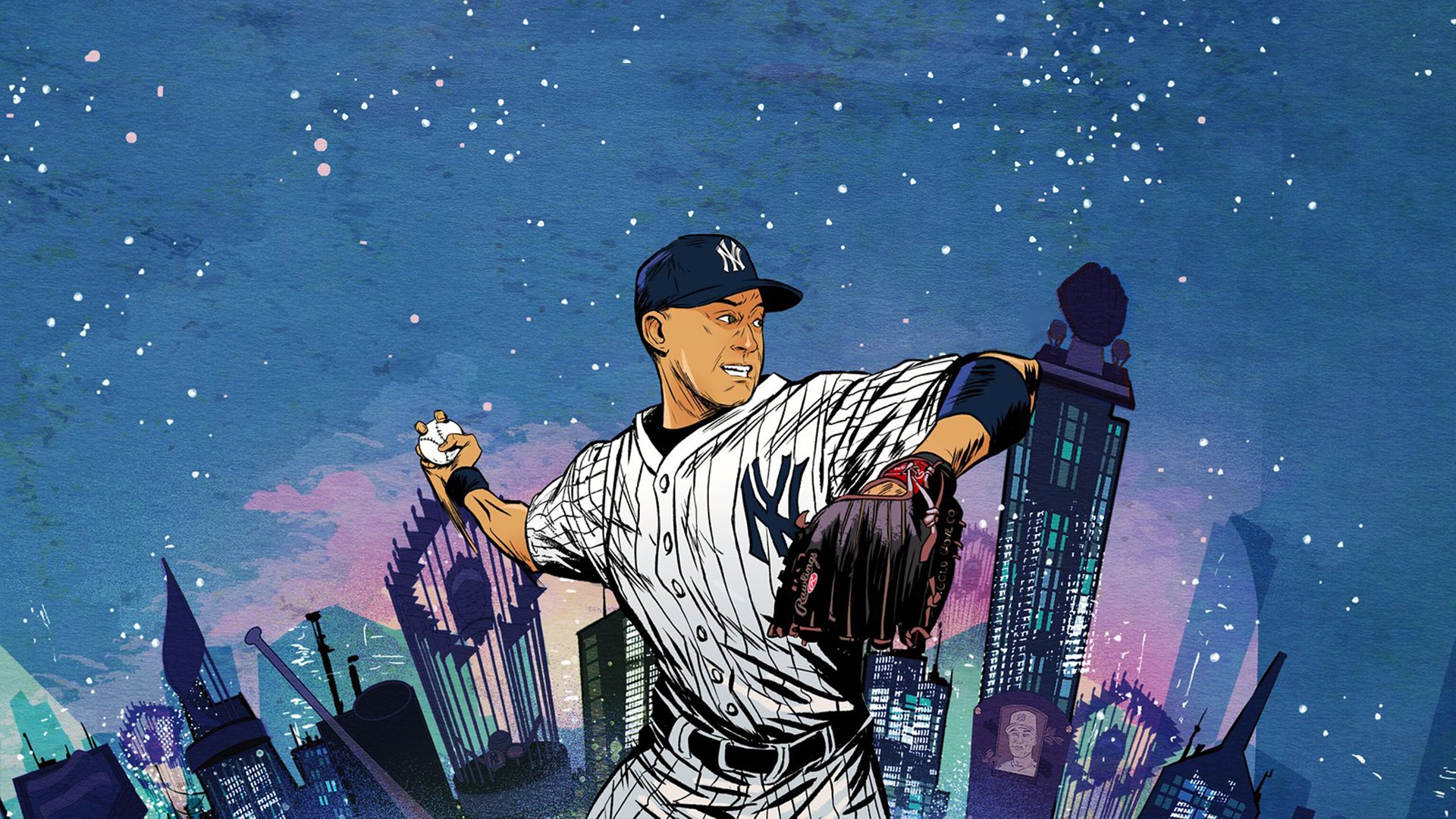
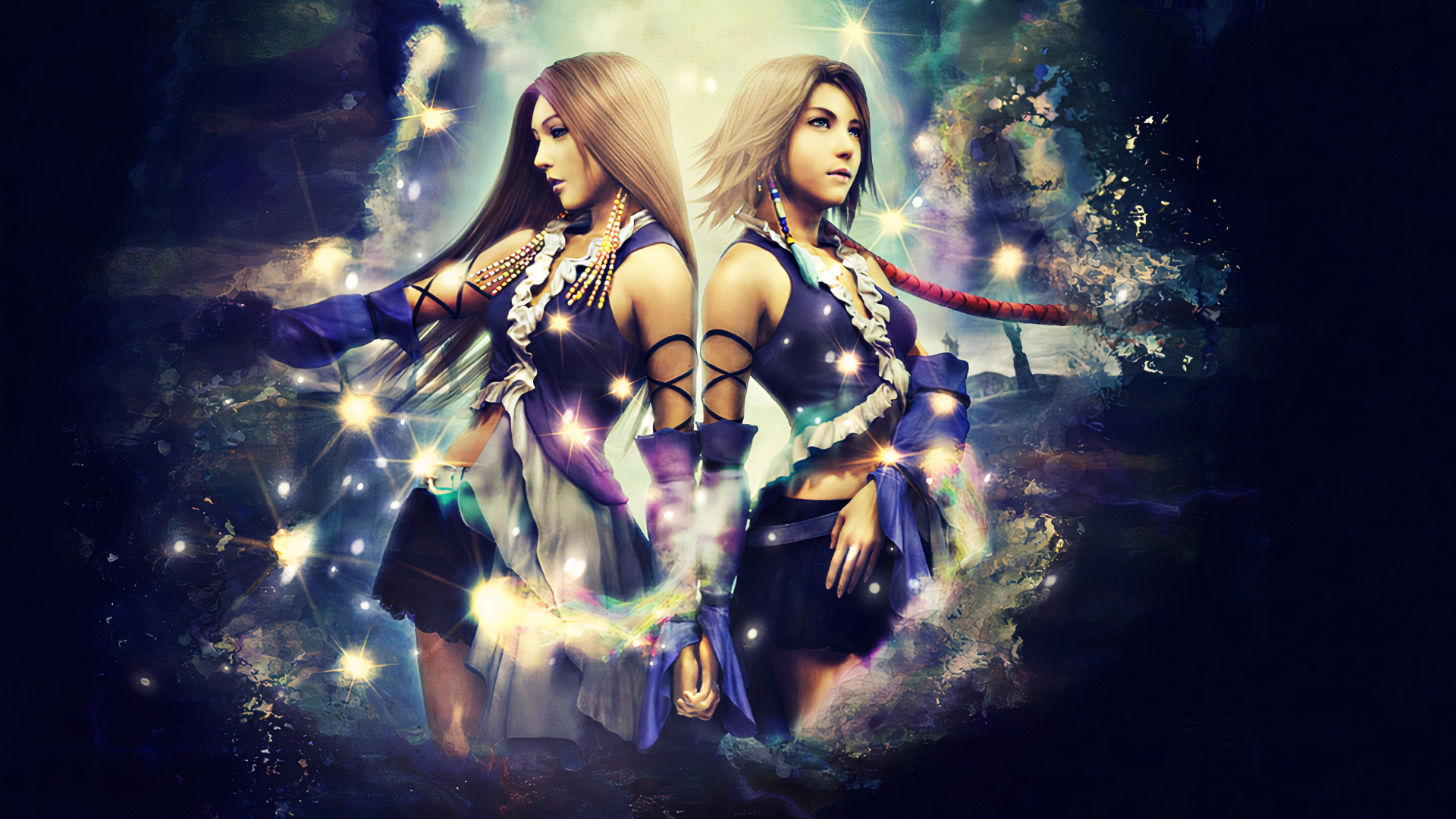
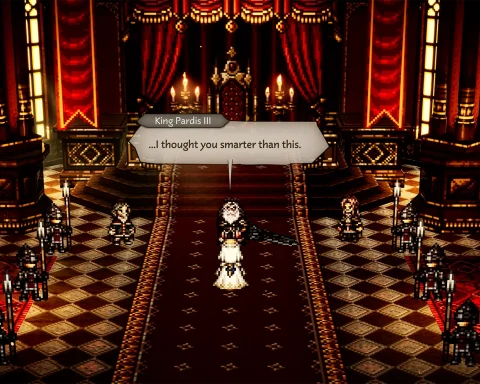
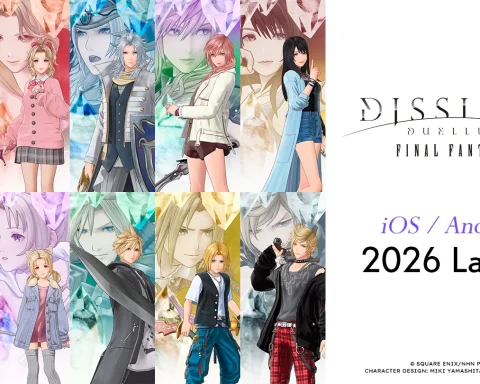
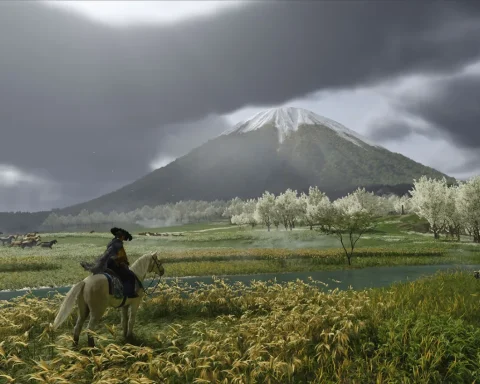
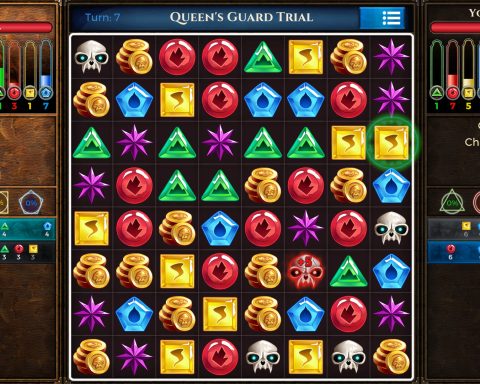

Troubling indeed. I have a feeling that A.I. is going to ‘ruin’ much of the human element in most things pretty quickly. Real art will still exist, somewhere. But for any product that takes money to make, A.I. is simply a time-saving, cost-saving factor — and will be used by almost everyone. Even indie devs. Think about those one-man indie dev teams who spend 5-7 years making their first game: what if they could make that same game in 18 months with help from A.I.? Do we think many or even most of them wouldn’t use that tool?
However, this point also brings up the flip side of the issue. The one silver lining for gaming is that, despite the continuing asset homogenization that A.I.-developed games will bring, it may be the only reasonable solution to the ballooning length of game development cycles. It’s possible that game development may soon look like it did in the 90s: 2 years for a big game, and a year for smaller games. This would enable talented game studios to experiment with more game ideas (the feeling that characterized the 90s for me), rather than just get stuck in one project for five years at a time. As someone who tries to be optimistic about most things, I will do my best to remember this positive side of the A.I. picture.
“It’s possible that game development may soon look like it did in the 90s: 2 years for a big game, and a year for smaller games. This would enable talented game studios to experiment with more game ideas (the feeling that characterized the 90s for me).”
I just wonder whether they’ll be worth playing, is my concern. Does the experimentation mean anything if the game’s not saying something and doesn’t mean anything? Because don’t forget, while this piece focuses on the visuals, AI content writing is also a thing that game developers are experimenting with and will certainly adopt.
I desperately hope that the games industry realises that AI is fundamentally incompatible with creative thinking, but it’s hard not to get discouraged by it given the breathless enthusiasm for it that’s out there.
Agreed.
That issue of “celebrating the superficial side of art” reminds me of the disdain the tech bros have for the humanities in general, not just art. And maybe that divide is less intense in Japan’s game industry. You always see them attempting to comprehend western traditions when implementing them to games, be it philosophy in Nier, Jung in persona games, or Gothic literature. It’s a mindfulness towards social sciences and art that you do not see as often you’d hope. Some people are veering towards irrationality these days.
There are a couple of things that help there, I think. Japan has a very literature and reading-heavy culture, for one thing, and humanities are taken more seriously at an educational level too. Japanese education is not quite as purely focused on producing vocational outcomes, as it is in most western nations with our heavy focus on STEM. So, as a result, the Japanese system tends to produce people who appreciate the arts more, even if they’re working in tech sector.